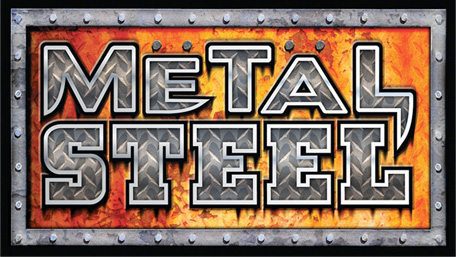
Have you ever wondered what the difference is between metal and steel? These materials look unbelievably similar, but under the surface there’s a world of difference between metal and steel.
We’ll take a look at the unique characteristics of these materials. By the time you’re done reading, you’ll know a little bit more about the world of metal fabricating.
Metal. Metals are elements that occur naturally through processes deep within the Earth’s crust. As a general rule, they are shiny and malleable and also have conductive properties, which make them great for electrical applications. Gold, silver and zinc are all different kinds of metals. Humans have known about metals and their properties for thousands of years. Ancient civilizations forged weaponry and technology with the help of these elements and our fascination with them has continued into the modern day. Metals have amazing properties, but they can do a lot more when they’re combined with other elements. That’s where alloys come in. One of the most common alloys is steel.
Steel. Surprisingly, Steel is not a pure metal. Rather, it is composed of a series of elements instead of one individual building block. Alloys are stronger and easier to work with, because the impurities from basic metals are broken down and removed during the formulating process. Since they are stronger than regular metals, alloys are used for hundreds of building applications, from sky scraper construction to railroad tracks. You don’t see buildings constructed out of gold or silver, because over time they wouldn’t be able to withstand the elements or the wear and tear that comes along with being a gigantic structure (not to mention the cost of building with gold!). Alloys provide durable solutions for builders in environments where additional weight and strength are required.
Still confused? This riddle might illustrate the difference: All steels are metal, but not all metals are steel.
The next time you see a sculpture at your local park, or make cookies using a baking sheet, remember that classifications like metal and steel aren’t so cut and dry. Molecular complexities lie below the surface, especially in the world of metal fabrication.